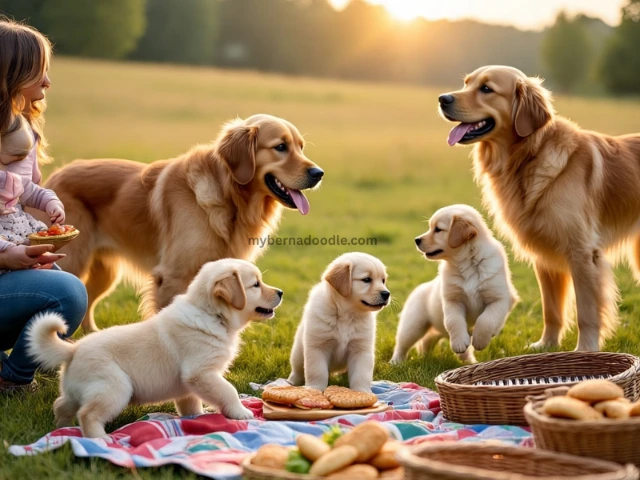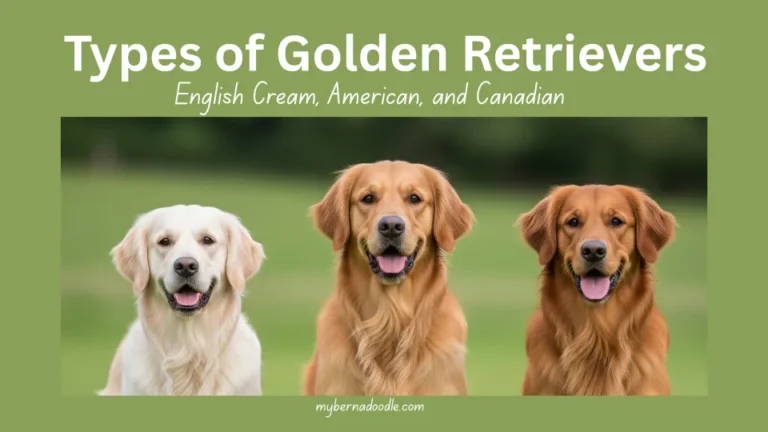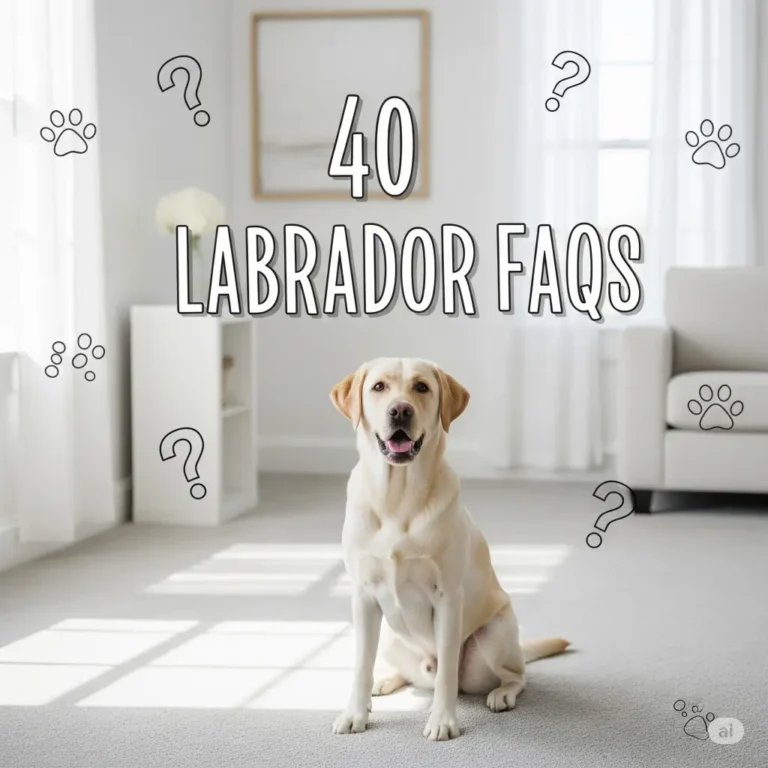20 Best Dog Breeds to Adopt: The Ultimate Guide to Choosing Your Perfect Companion”
Adopting a dog is a life-changing decision that brings joy, companionship, and responsibility. With countless breeds and individual personalities, finding the right dog requires careful consideration of your lifestyle, preferences, and the dog’s needs. This guide provides factual, comprehensive information to help you choose a pet dog that suits you best, covering breed characteristics, lifestyle factors, adoption processes, and practical tips for a successful transition.
Why Adopt a Dog?
Adopting a dog offers numerous benefits:
- Companionship: Dogs provide emotional support, reduce stress, and foster a sense of purpose.
- Health Benefits: Studies, like those from the American Heart Association (2019), show dog ownership can lower blood pressure and encourage physical activity.
- Saving a Life: Adoption from shelters or rescues gives homeless dogs a second chance.
- Diversity: Shelters offer a mix of purebreds and mixed breeds, each with unique traits.
However, dog ownership requires time, financial commitment, and effort. Understanding your readiness is the first step.

Key Factors to Consider Before Adopting
To choose the right dog, evaluate these factors:
1. Lifestyle and Activity Level
Active Owners: If you enjoy running, hiking, or outdoor activities, high-energy breeds like Border Collies or Australian Shepherds are ideal. These dogs need 1–2 hours of daily exercise and mental stimulation.
Sedentary or Busy Owners: Low-energy breeds like Shih Tzus or French Bulldogs suit apartment dwellers or those with less active routines, requiring only short walks and playtime.
Families with Kids: Gentle, patient breeds like Labrador Retrievers or Golden Retrievers are great for households with children.
2. Living Space
Small Homes/Apartments: Compact breeds like Chihuahuas, Yorkshire Terriers, or French Bulldogs thrive in smaller spaces.
Large Homes/Yards: Breeds like Great Danes or Huskies need room to roam and may not adapt well to cramped environments.
3. Time Commitment
Dogs require daily care, including feeding, exercise, grooming, and training. Puppies and high-energy breeds demand more time, while older or calmer dogs may need less.
Consider your work schedule. If you’re away often, breeds prone to separation anxiety (e.g., Bichon Frise) may not be ideal.
4. Budget
Initial Costs: Adoption fees ($50–$500), spaying/neutering, vaccinations, and supplies (beds, crates, toys).
Ongoing Costs: Food, grooming, vet care, and training can range from $1,000–$2,000 annually, per the ASPCA (2023).
Health Risks: Breeds like Dachshunds (back issues) or Cavalier King Charles Spaniels (heart conditions) may incur higher medical costs.
5. Allergies
Hyp alergenic breeds like Poodles, Bernedoodles, or Bichon Frises produce less dander, but no dog is 100% allergen-free. Spend time with a breed to test compatibility.
6. Experience Level
First-Time Owners: Easygoing breeds like Golden Retrievers or Beagles are forgiving and trainable.
Experienced Owners: Breeds like German Shepherds or Huskies require confident handling and consistent training.
Popular Dog Breeds and Their Suitability
Below is a curated list of 20 dog breeds, including purebreds and mixed breeds, with their key traits, ideal environments, and potential challenges. This list is based on information from reputable sources like the American Kennel Club (AKC) and PetMD.
1. Labrador Retriever
Traits: Friendly, outgoing, energetic. Highly trainable and gentle.
Best For: Families, active owners, first-timers.
Needs: 1–2 hours of exercise daily; prone to obesity.
Challenges: Sheds heavily; needs regular grooming.
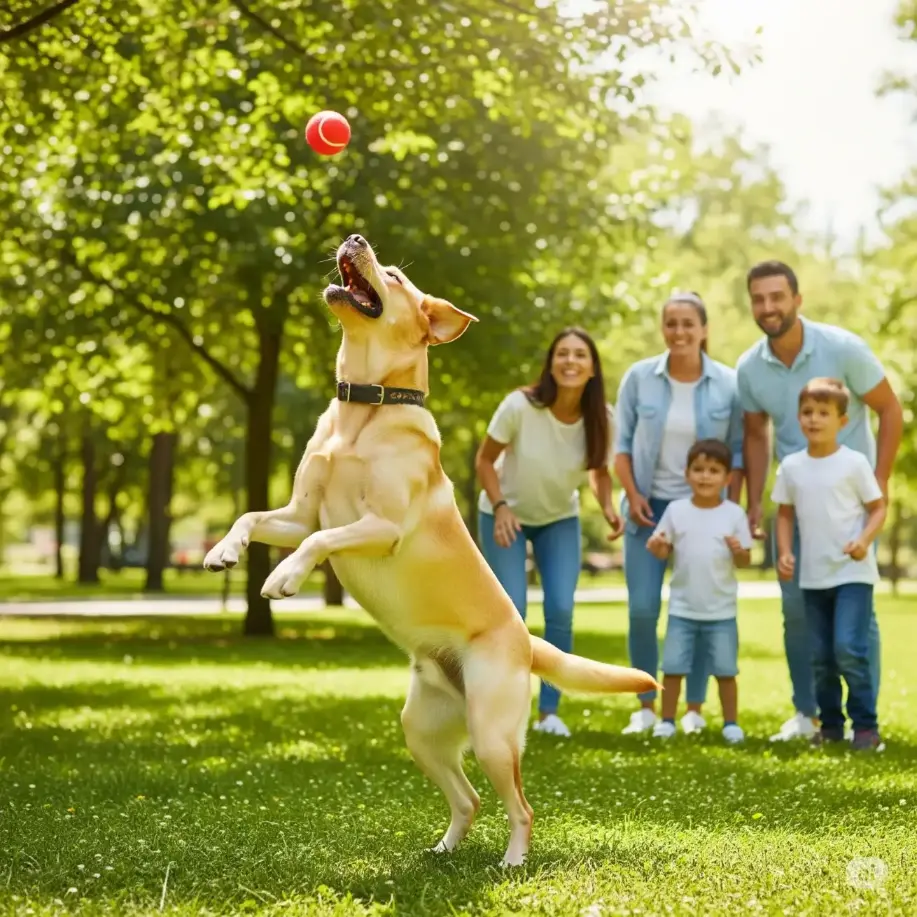
2. Golden Retriever
Traits: Loyal, gentle, patient. Great with kids.
Best For: Families, suburban homes with yards.
Needs: Daily exercise, frequent grooming for long coat.
Challenges: Prone to hip dysplasia and cancer.
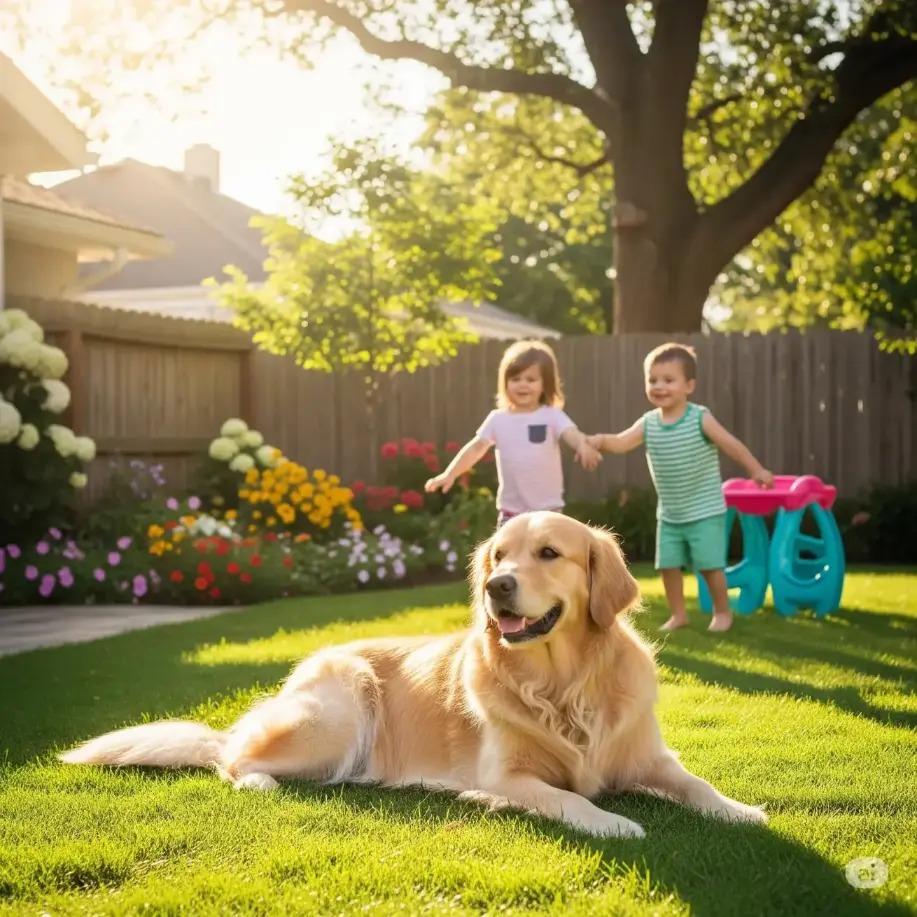
3. Poodle (Standard, Miniature, Toy)
Traits: Intelligent, hypoallergenic, versatile.
Best For: Allergy sufferers, apartments (Toy/Mini), or homes with space (Standard).
Needs: Regular grooming, mental stimulation.
Challenges: Can be high-strung without training.
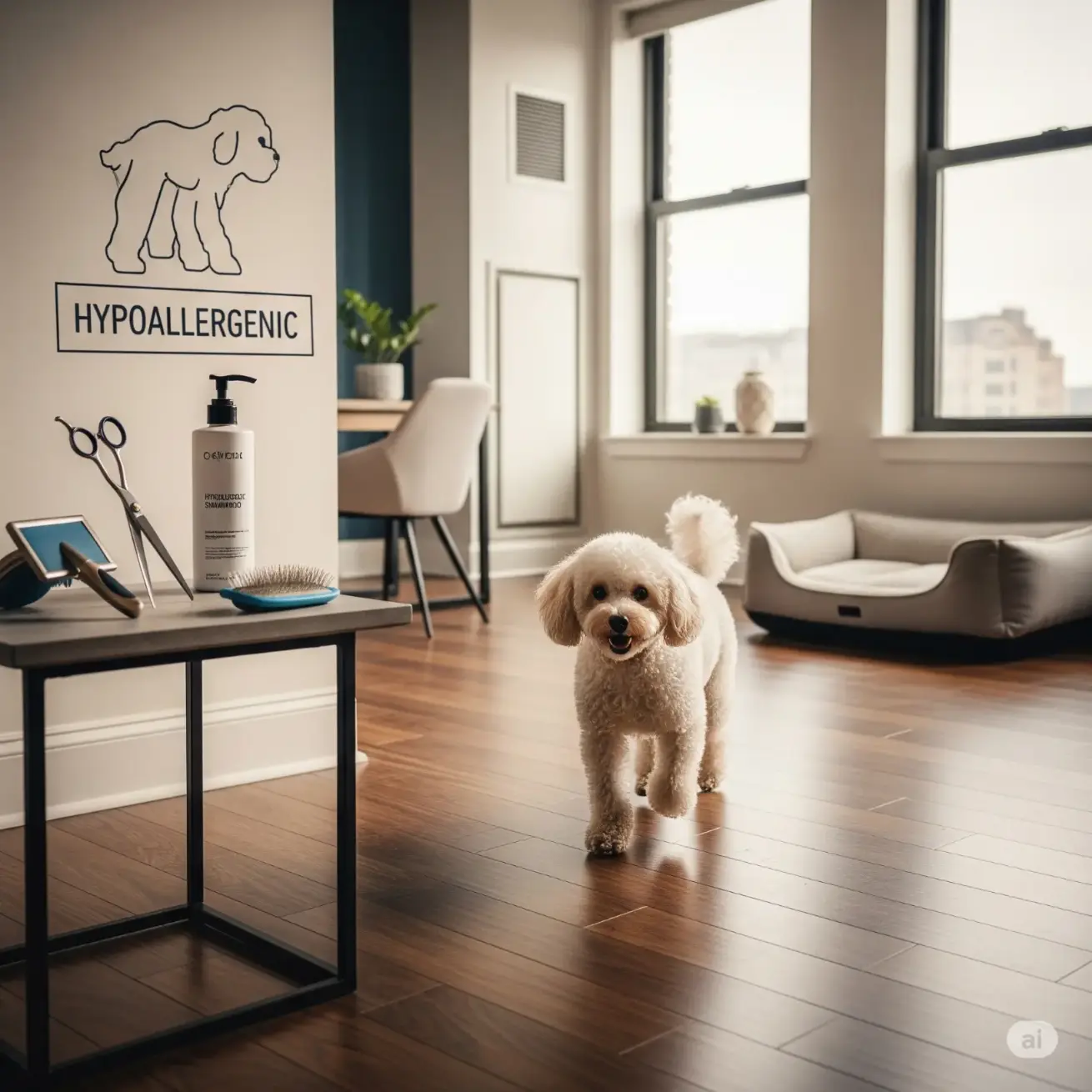
4. Beagle
Traits: Curious, merry, kid-friendly. Small to medium size.
Best For: Families, moderate activity levels.
Needs: Moderate exercise; supervision due to hunting instincts.
Challenges: Vocal (barking/howling); prone to obesity.
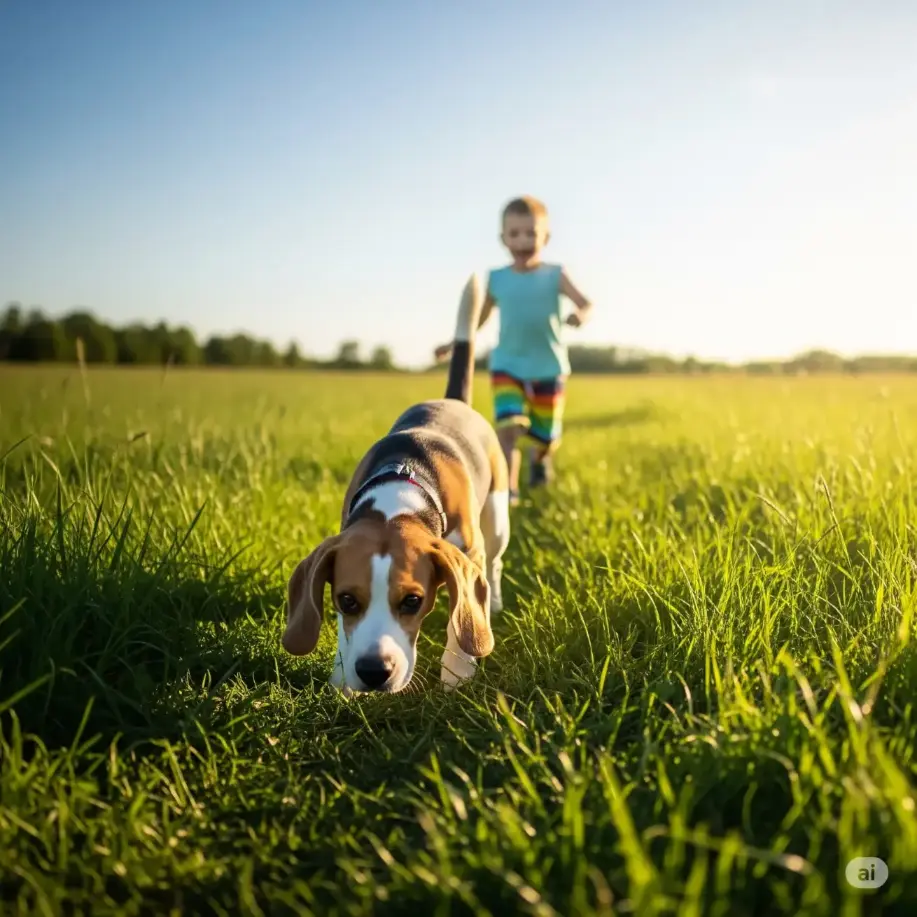
5. Bernedoodle
Traits: Affectionate, hypoallergenic, friendly. Poodle-Bernese cross.
Best For: Families, allergy sufferers.
Needs: Grooming, moderate exercise.
Challenges: Size and traits vary by parent genetics.
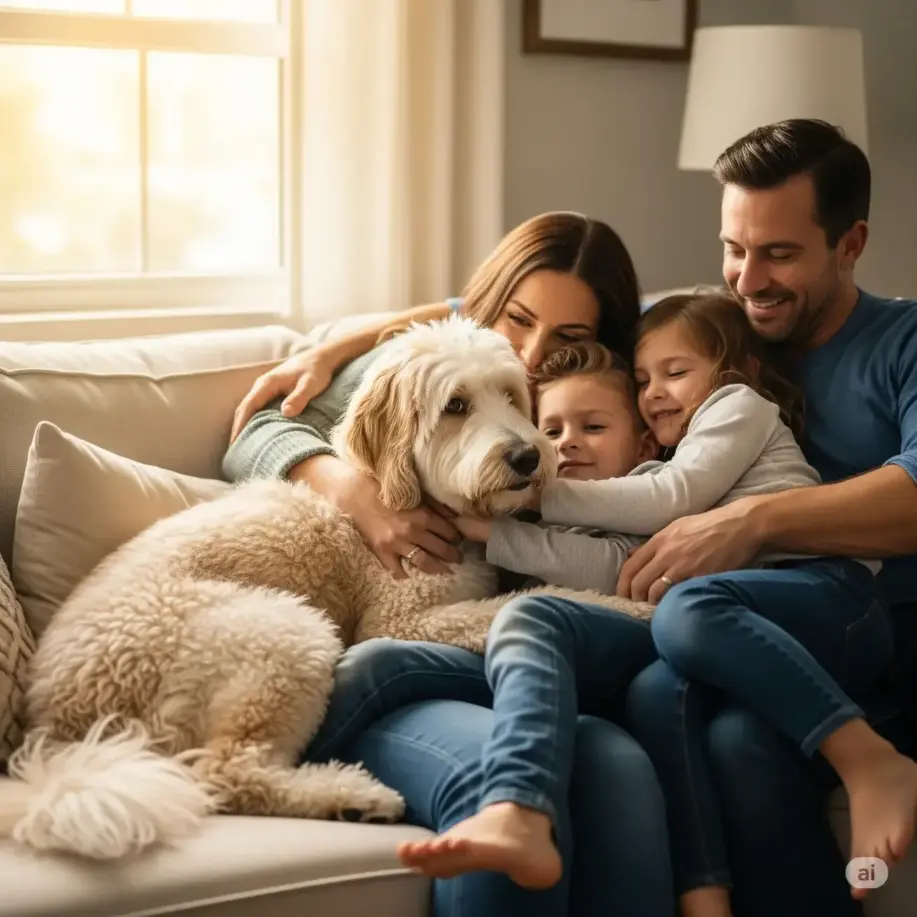
6. Dachshund
Traits: Small, brave, playful.
Best For: Apartments, less active owners.
Needs: Minimal exercise; avoid jumping to protect spine.
Challenges: Stubborn; prone to back issues.

7. Boxer
Traits: Energetic, loyal, protective.
Best For: Active families, homes with space.
Needs: Daily exercise, early training.
Challenges: Sensitive to heat due to short snout.
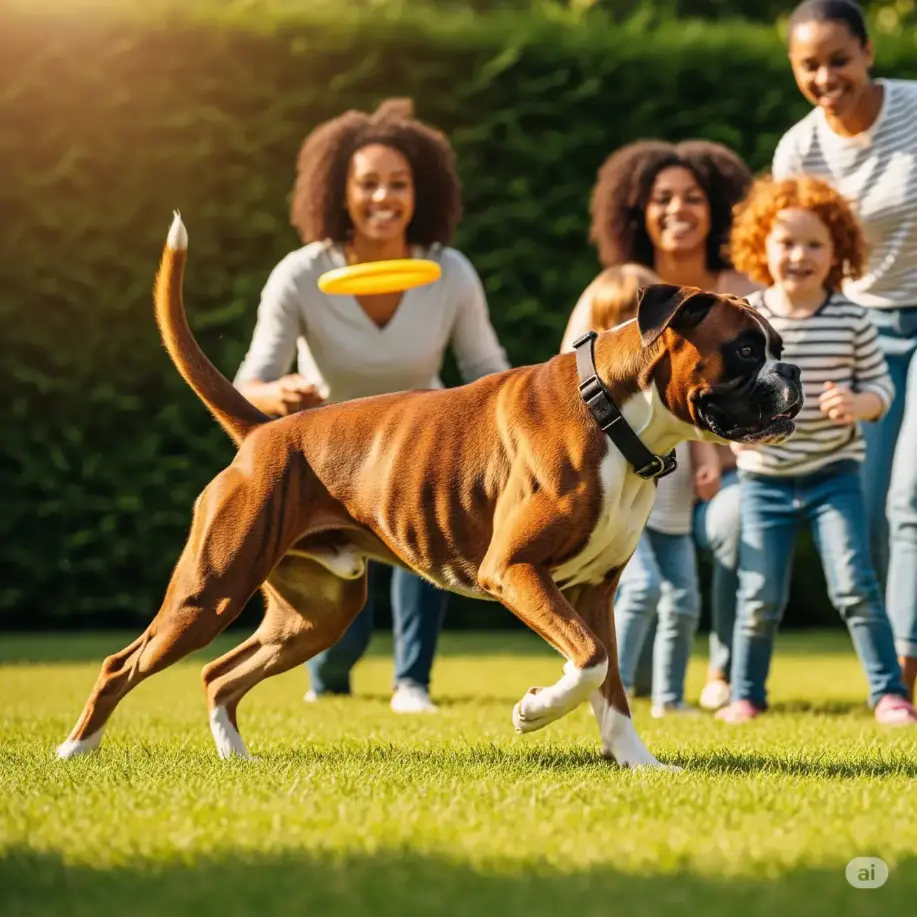
8. German Shepherd
Traits: Intelligent, protective, trainable.
Best For: Experienced owners, working roles.
Needs: Rigorous exercise, socialization.
Challenges: Can be aloof without proper training.
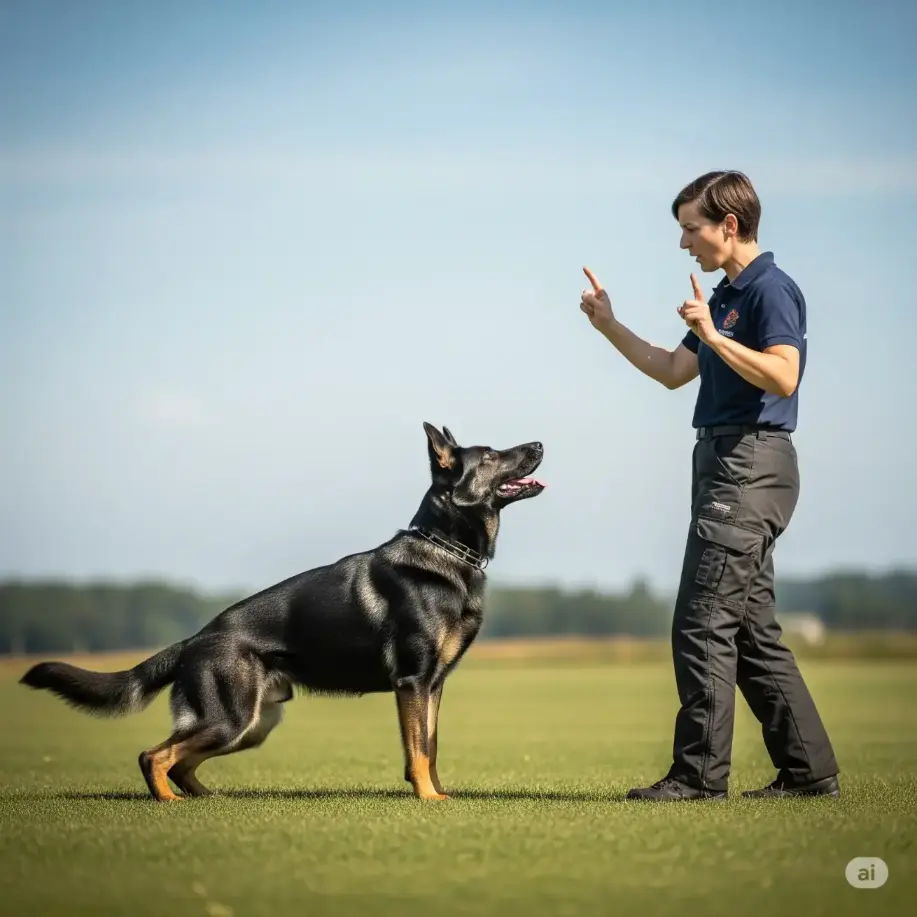
9. Shih Tzu
Traits: Calm, affectionate, lapdog.
Best For: Small homes, seniors.
Needs: Regular grooming, minimal exercise.
Challenges: Breathing issues (brachycephalic).

10. French Bulldog
Traits: Low-energy, affectionate, quiet.
Best For: Apartments, less active owners.
Needs: Minimal exercise; avoid overheating.
Challenges: Breathing issues, high vet costs.

11. Border Collie
Traits: Highly intelligent, active, agile.
Best For: Sporty owners, rural settings.
Needs: Intense exercise, mental stimulation.
Challenges: Not suited for sedentary lifestyles.
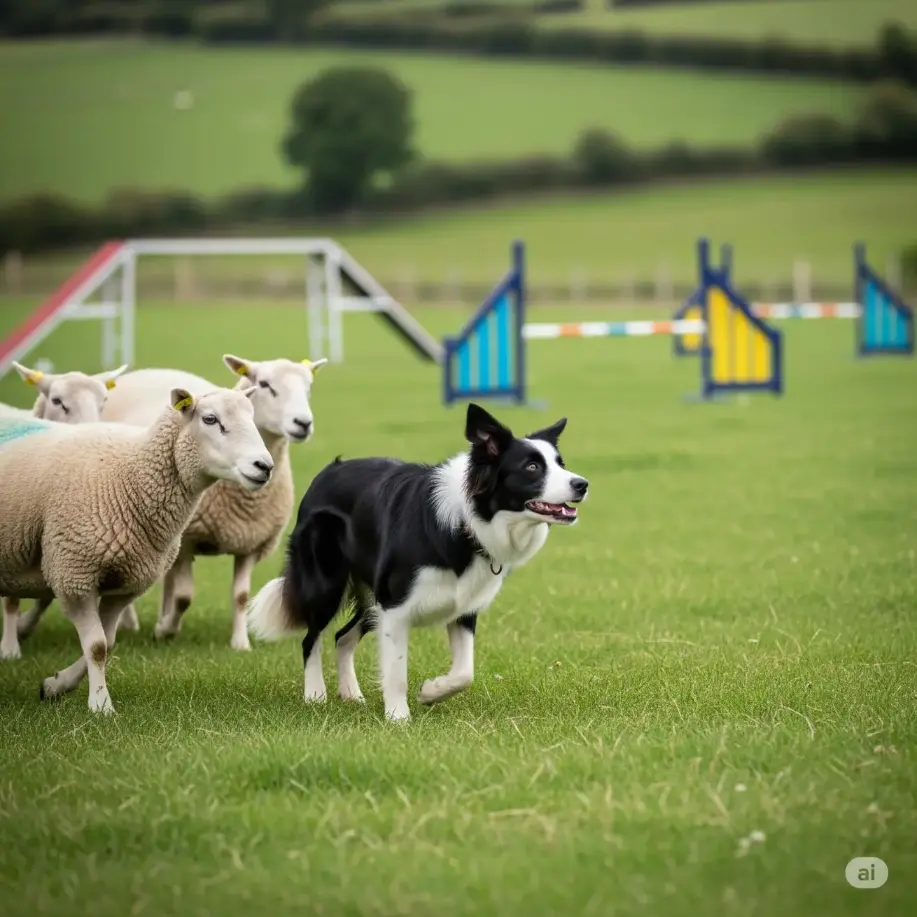
12. Cavalier King Charles Spaniel
Traits: Affectionate, gentle, indoor-friendly.
Best For: Families, seniors, small homes.
Needs: Moderate exercise, regular vet checkups.
Challenges: Prone to heart conditions.

13. Australian Shepherd
Traits: Energetic, loyal, intelligent.
Best For: Active owners, large spaces.
Needs: High exercise, mental challenges.
Challenges: Herding instincts may lead to nipping.
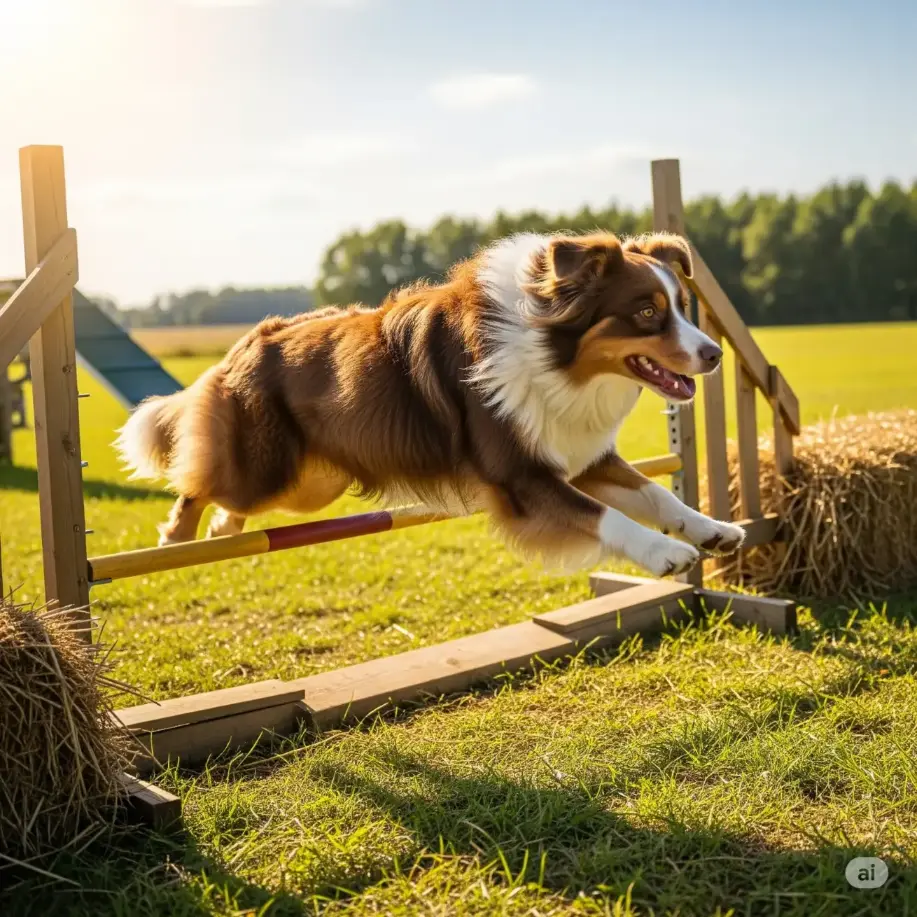
14. Yorkshire Terrier
Traits: Tiny, confident, portable.
Best For: City living, small spaces.
Needs: Grooming, minimal exercise.
Challenges: Can be vocal or territorial.
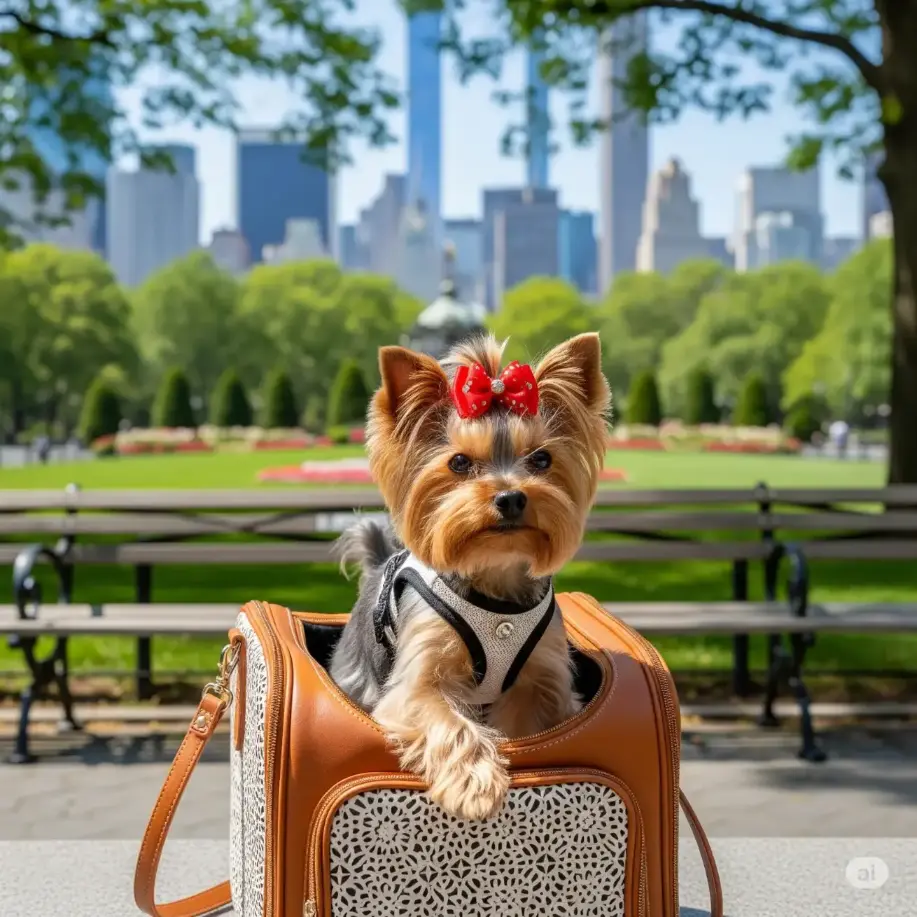
15. Cocker Spaniel
Traits: Cheerful, affectionate, cuddly.
Best For: Families, moderate activity levels.
Needs: Grooming, ear care to prevent infections.
Challenges: Prone to separation anxiety.
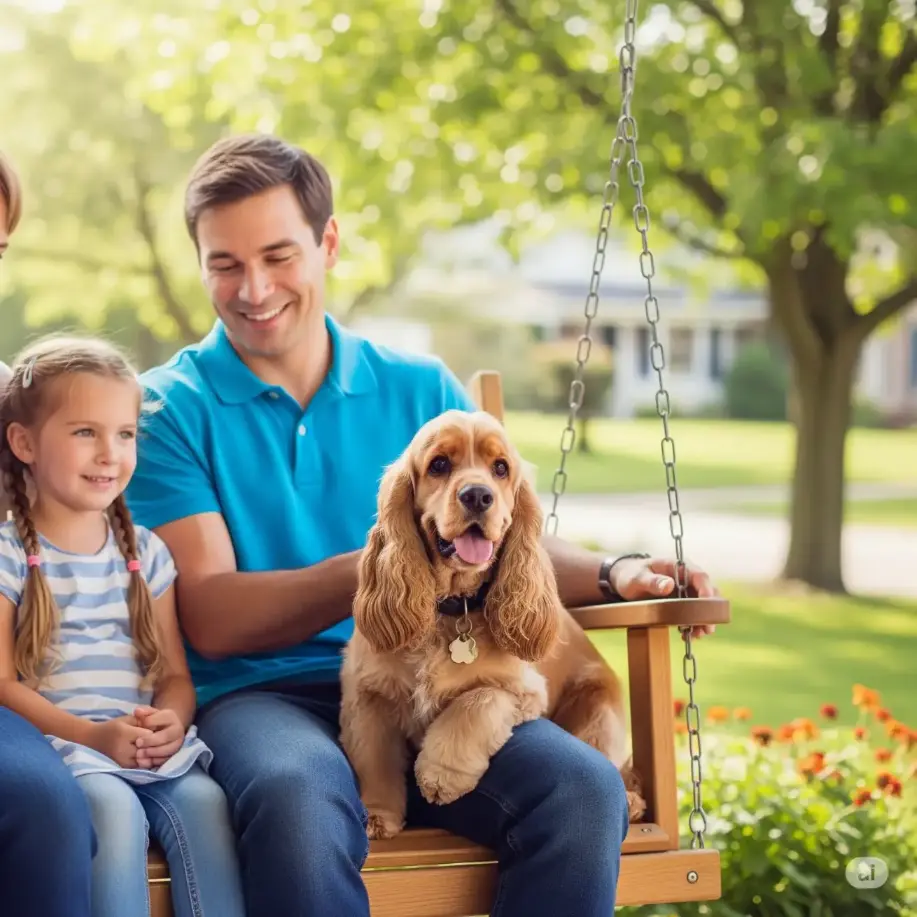
16. Chihuahua
Traits: Small, alert, loyal.
Best For: City living, small spaces.
Needs: Minimal exercise, warm environment.
Challenges: Yappy without training; fragile.
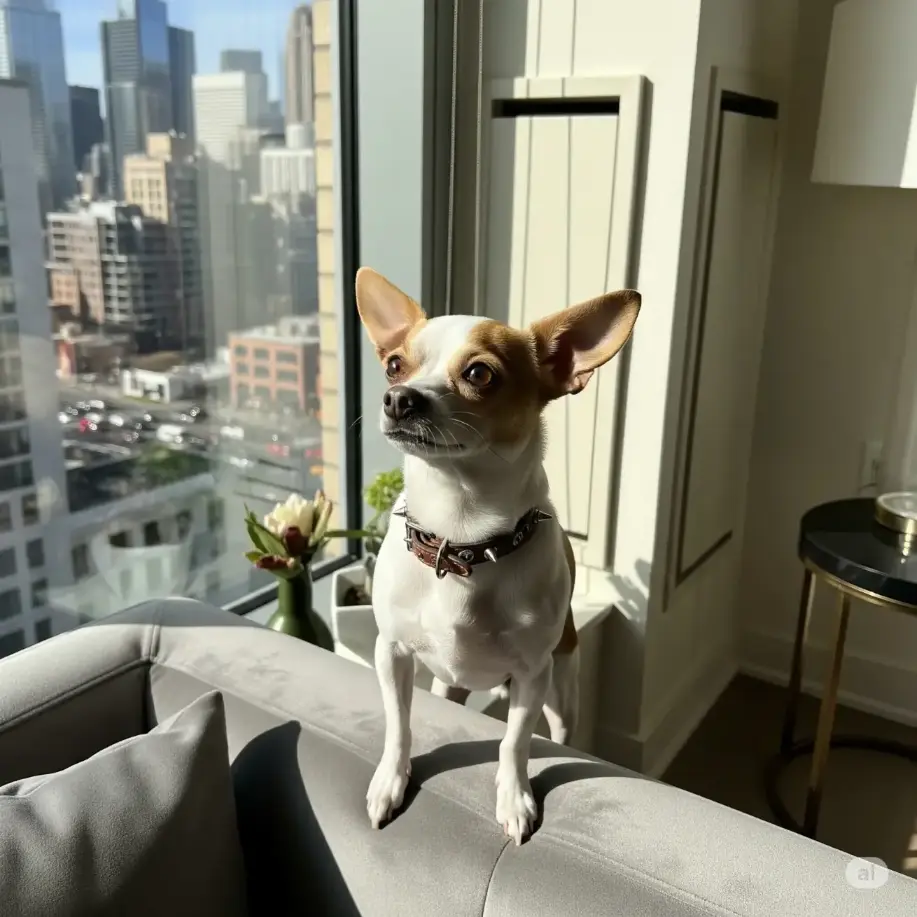
17. Bichon Frise
Traits: Cheerful, hypoallergenic, social.
Best For: Small homes, allergy sufferers.
Needs: Grooming, companionship.
Challenges: Separation anxiety risk.
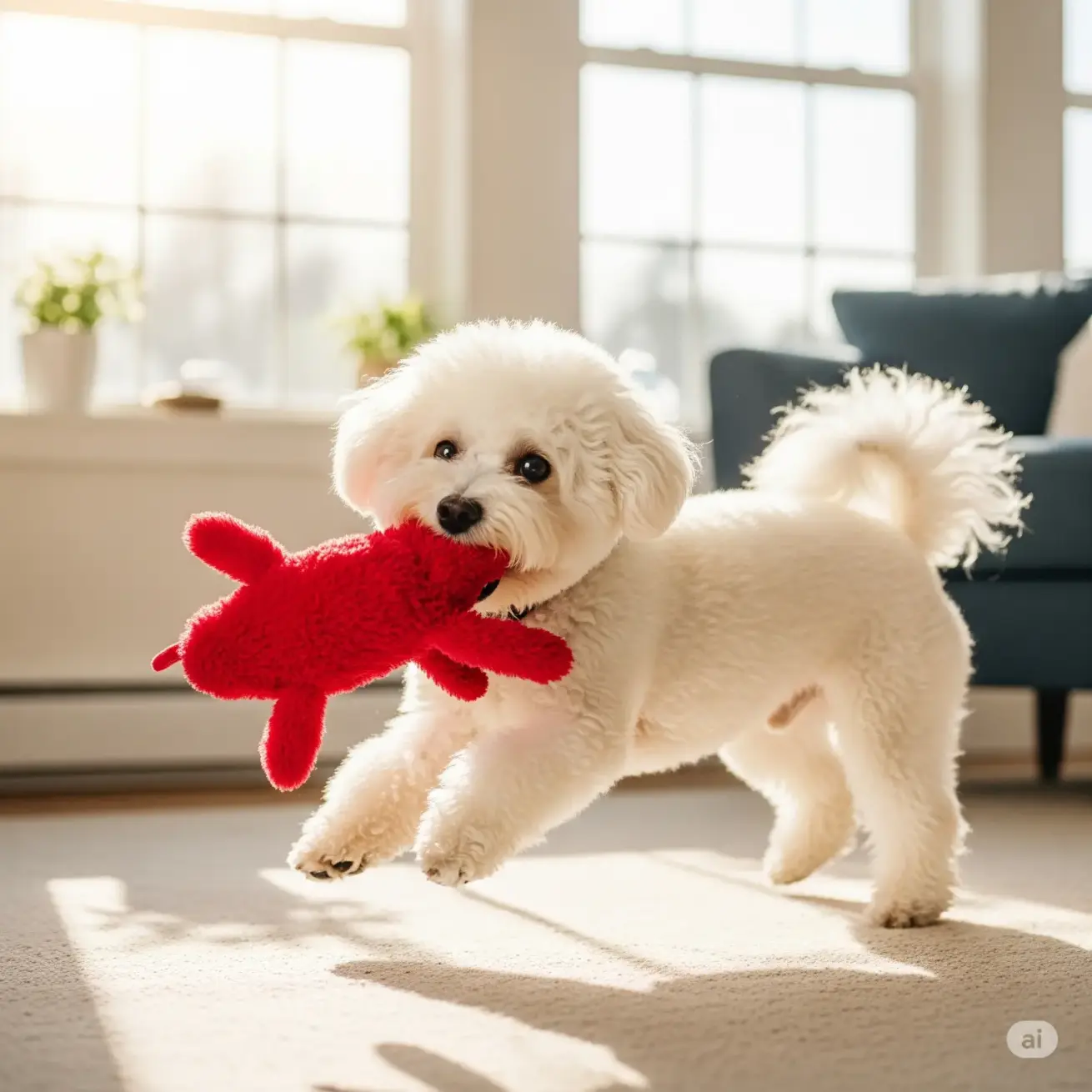
18. Great Dane
Traits: Gentle, calm, affectionate.
Best For: Families with large spaces.
Needs: Moderate exercise, ample room.
Challenges: Short lifespan, high food costs.
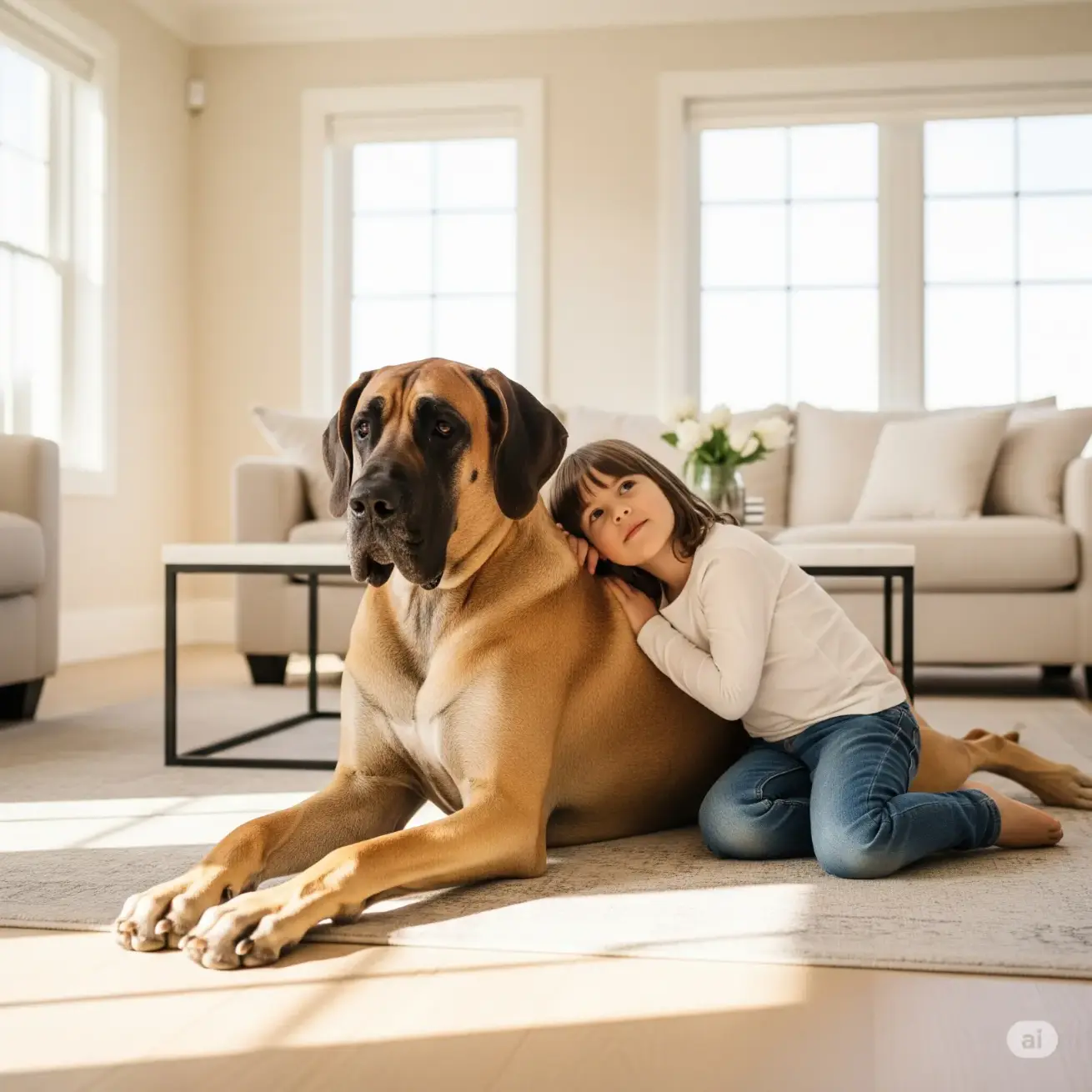
19. Husky
Traits: Independent, energetic, striking.
Best For: Active owners, cold climates.
Needs: High exercise, coat maintenance.
Challenges: Not suited for small spaces; escape artists.
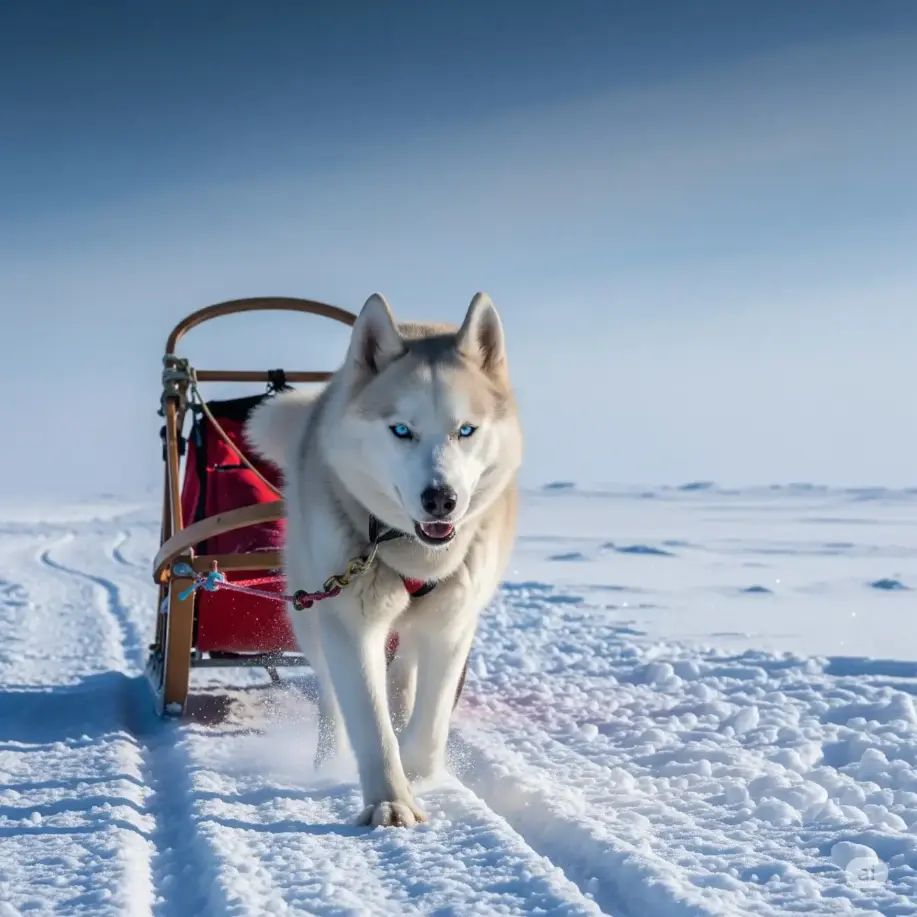
20. Mixed Breed (Rescue Dog)
Traits: Unique, loving, diverse personalities.
Best For: Any lifestyle, depending on the dog.
Needs: Vary by individual; vet checks for health history.
Challenges: Unknown backgrounds; hybrid vigor may reduce some genetic issues, but not guaranteed.
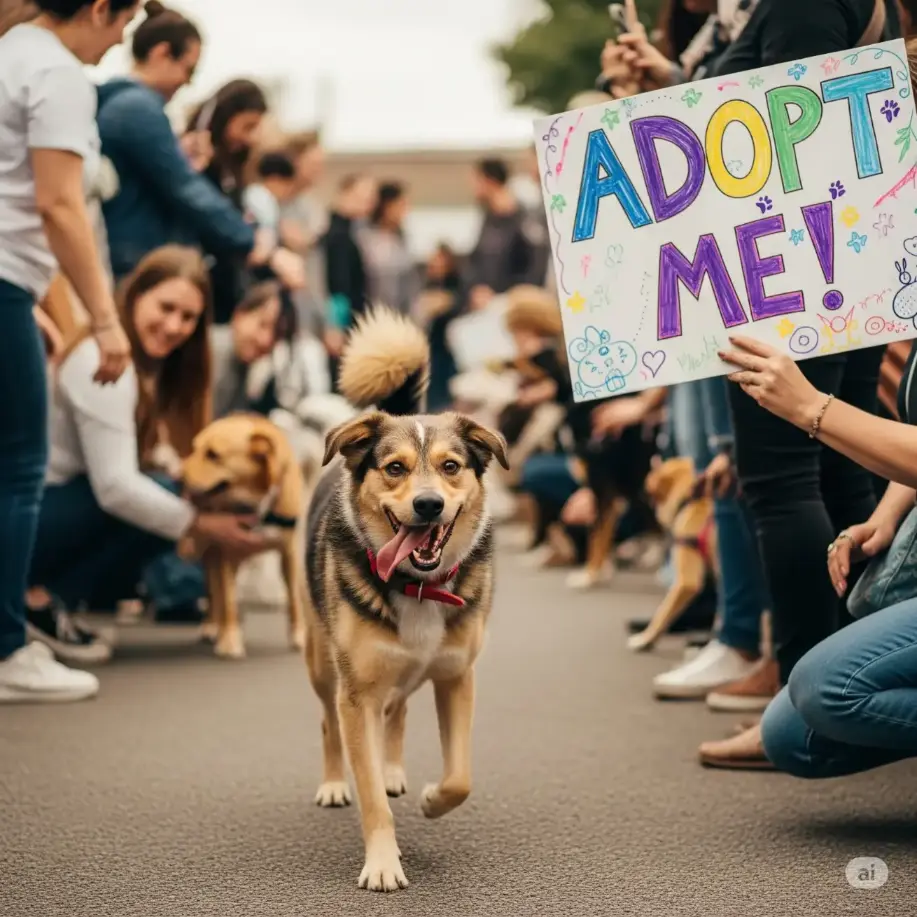
The Adoption Process
Adopting a dog is a rewarding experience. Follow these steps to ensure a smooth process:
- Research Shelters and Rescues
- Visit local shelters (e.g., ASPCA, Humane Society) or breed-specific rescues. Websites like Petfinder.com list adoptable dogs nationwide.
- Check X for local adoption events or rescue organizations sharing available pets.
- Meet Potential Dogs
- Spend time with dogs to assess compatibility. Observe their behavior with you, kids, or other pets.
- Ask about the dog’s history, health, and temperament.
- Prepare Your Home
- Purchase essentials: food, bowls, a crate, bed, leash, collar, and toys.
- Dog-proof your space by removing hazards (e.g., toxic plants, loose wires).
- Complete the Adoption
- Fill out applications, which may include references or a home visit.
- Pay adoption fees, which often cover vaccinations and spaying/neutering.
- Transition Period
- Allow 1–3 months for your dog to adjust. Be patient with behavior issues.
- Enroll in training classes for puppies or dogs with specific needs.
Practical Tips for Success
- Training: Start with basic commands (sit, stay) to build trust. Positive reinforcement works best.
- Health Care: Schedule a vet visit within the first week to confirm vaccinations and health status.
- Socialization: Expose your dog to new people, pets, and environments gradually.
- Routine: Establish a consistent schedule for feeding, walks, and playtime.
- Adoption Support: Many shelters offer post-adoption resources, like training advice or low-cost vet care.
Mixed Breeds vs. Purebreds
- Purebreds: Predictable traits, but some have genetic health issues (e.g., hip dysplasia in Golden Retrievers). Available in shelters or through breed-specific rescues.
- Mixed Breeds: Often healthier due to hybrid vigor (per a 2013 University of California study), but temperaments and sizes vary. Shelters are the best source.
Final Thoughts
Adopting a dog is a commitment to a lifelong companion. By matching a dog’s energy level, size, and temperament to your lifestyle, you can ensure a harmonious bond. Whether you choose a playful Labrador, a cuddly Shih Tzu, or a unique mixed breed from a shelter, adoption saves lives and enriches yours. Visit shelters, research breeds, and take your time to find the perfect match.
Next Steps: Check Petfinder.com or local shelters to browse adoptable dogs. Follow X posts from rescue groups for real-time updates on available pets. Ready to adopt? Your new best friend is waiting!
“If you’re thinking of adopting a dog, click to explore these helpful articles full of tips and guidance.”
How to Socialize Your Bernedoodle Puppy Effectively
10 Must-Know Pet Supplements for a Healthier Dog in 2025
Top 5 Tips for First-Time Pet Owners
Best Dogs for Kids: Top 16 Family-Friendly Breeds Guide

